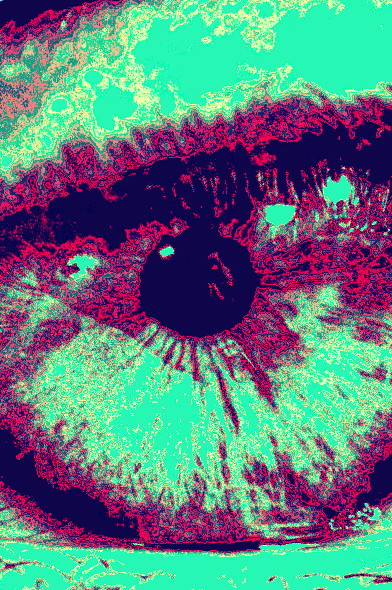Experts assess glaucoma options
 The future looks bright for Australians with glaucoma thanks to recent medical advances.
The future looks bright for Australians with glaucoma thanks to recent medical advances.
Glaucoma is an irreversible progressive optic neuropathy and the most common cause of preventable blindness in the world.
The prevalence in Australia is estimated at 3 per cent, with perhaps half of that patient population unaware they have the disease.
Current management involves medical therapy (predominantly interocular pressure lowering eye drops), laser or surgery, depending on the underlying cause and stage of the disease.
But experts say compliance with eye-drop treatment is “one of the toughest challenges in the management of glaucoma”.
“Even in a study in which patients knew they were being monitored with an electronic device, they did not consistently take their drops in 45 per cent of cases,” says the authors of a new review, Professor Ivan Goldberg, Head of the Glaucoma Unit at the Sydney Hospital and Sydney Eye Hospital, and his colleague Dr Jed Lusthaus.
“There are multiple reasons for reduced treatment adherence, including medication side effects, poor understanding of treatment aims, poor instillation techniques (including physical barriers; eg, arthritis and tremor), and cost.
“Eye drops have evolved to improve adherence rates. There are now many commercially available fixed combination eye drops, which enable two agents to be instilled with a single drop … improving convenience and thus adherence.”
The latest surgical intervention techniques are becoming less invasive and are therefore being used earlier in management of the disease, the authors wrote.
There are novel drug delivery systems now in clinical trials, including drug-eluting punctal plugs, conjunctival ocular ring inserts, subconjunctival injections and implants, and intracameral implants.
The researchers say non-specialists, particularly GPs, can play a big role too.
“Encouraging all patients to regularly seek review by an eye care professional every 1–2 years from 50 years of age facilitates earlier detection and treatment,” they wrote.
“Risk factor identification in the context of increasing age should raise suspicion for glaucoma. These risks include family history, obstructive sleep apnoea, vasospastic syndromes (migraine, Raynaud phenomenon), systemic hypertension, and diabetes mellitus.
“Health care professionals, particularly general practitioners, can assist by encouraging management adherence.”







 Print
Print